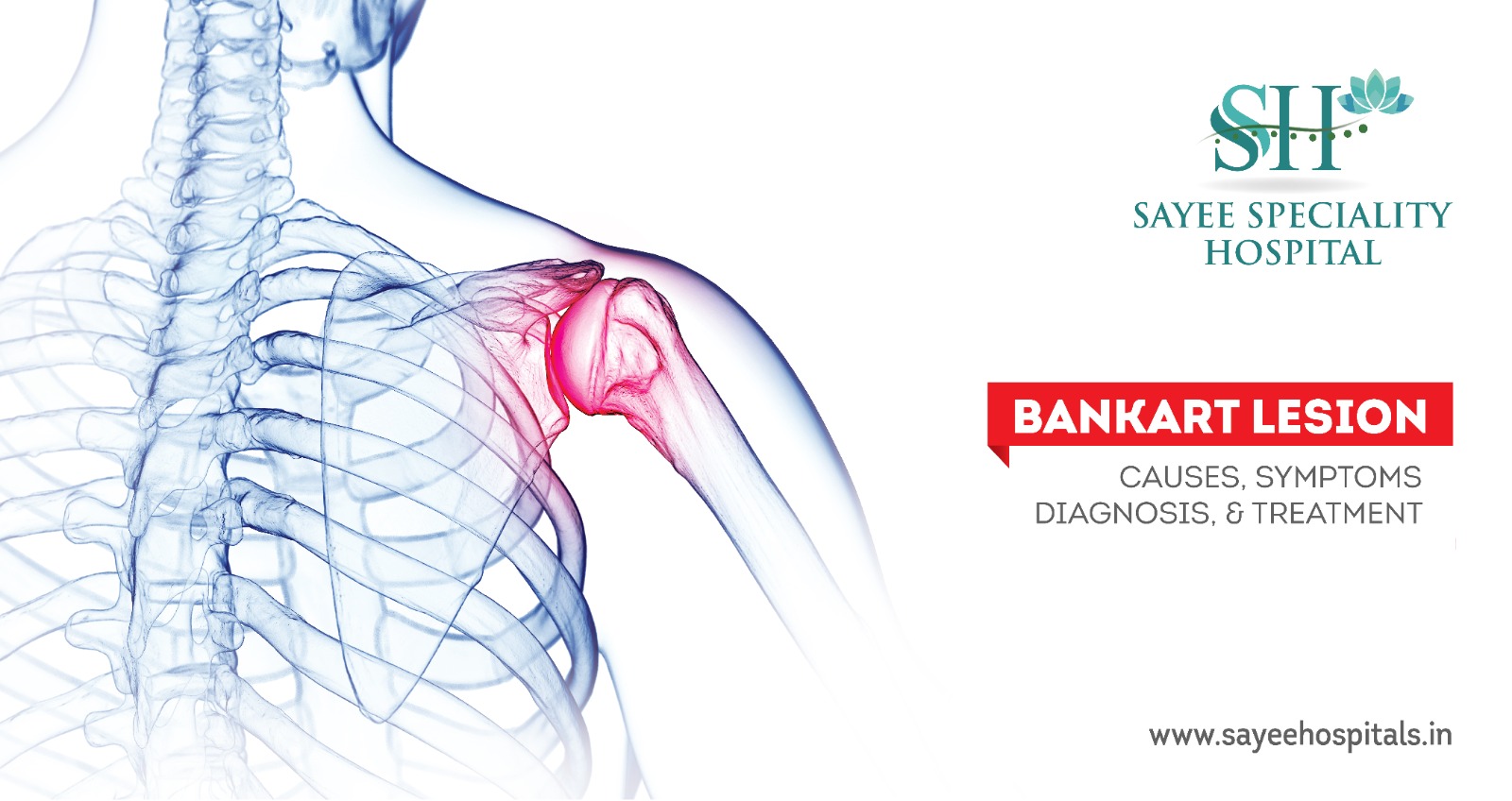The shoulder joint, a ball-and-socket structure formed by the humerus and scapula, is vital for arm movement. When dislocated, particularly through an injury, it can lead to a Bankart lesion, a tear in the labrum—a ring of cartilage that stabilizes the shoulder joint. This condition results in pain, swelling, and stiffness.
Symptoms of Bankart Lesion
Individuals with a Bankart lesion may experience:
- Intense shoulder pain that intensifies over time.
- Weakness and instability in the shoulder during daily activities.
- Limited range of motion.
- Other symptoms may include swelling, numbness, bruising, and audible popping sounds.
Causes of Bankart Lesion
While Bankart lesions are often seen in athletes, they can affect anyone. Common causes include:
- Overuse of the shoulder joint.
- Sports collisions or falls.
- Car accidents.
- Incidents like slipping on sidewalks or falls during activities like gymnastics or skiing.
- Loose ligaments that predispose individuals to dislocation.
Diagnosis of Bankart Lesion
A thorough physical examination is essential, but imaging tests like MRI or X-rays are typically required to confirm the diagnosis. An MRI provides detailed images of the soft tissues and glenoid cavity, assisting the orthopedic surgeon in determining the appropriate treatment.
Treatment Options
Treatment varies based on age, activity level, symptoms and severity. Non-surgical methods often include rest, bracing, slings, and physiotherapy focused on restoring strength and mobility. If these methods fail, surgical interventions such as shoulder arthroscopy or open surgery may be necessary.
Post-Surgery Recovery
Patients may need to wear a sling for 3-4 weeks and commence physiotherapy shortly after surgery. Returning to sports is typically possible after six months, depending on individual recovery and severity of the initial injury.
